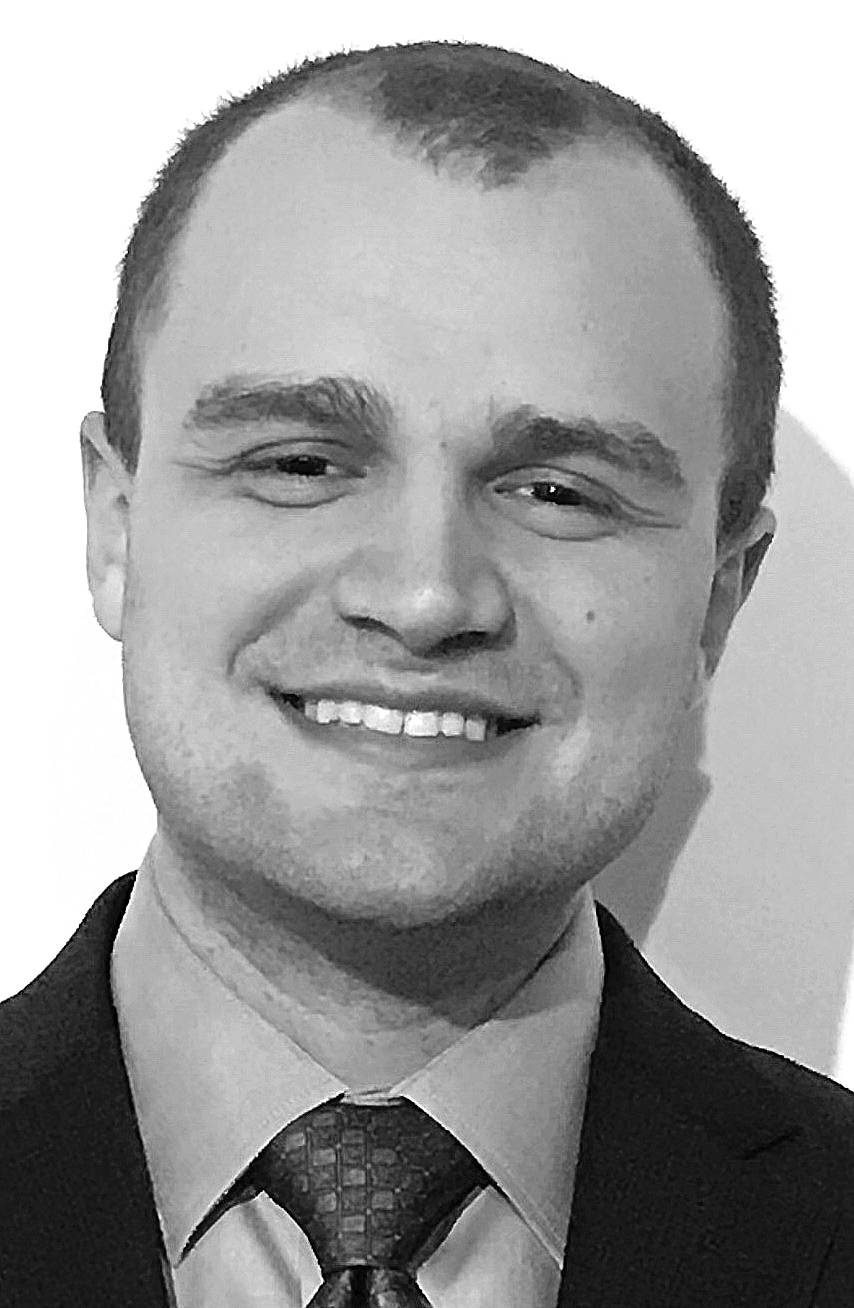Editor’s Note: This is part II of a three-part examination of homelessnes. The first part appeared Wednesday and part III will appear in Saturday’s paper.
By Derek Peterson
Northwest Justice Project
When most of us picture a person experiencing homelessness, a very specific image likely comes to mind. For me, I tend to imagine either a man holding a cardboard sign asking for whatever change you can spare or an old woman with layers of clothing pushing a cart and talking to herself. Although it makes sense for these images to come up based upon what many of us see every day on the streets and on television, the reality is, our perception of who experiences homelessness is likely incomplete. This is because the people we typically witness experiencing homelessness — i.e., those living on the street — represent only a fraction of the actual homeless population.
According to the Department of Housing and Urban Development (HUD)’s 2018 Annual Homeless Assessment Report, of the roughly half-million Americans homeless on a single night in 2018, about two-thirds (65 percent) were “sheltered,” meaning staying in emergency shelters or transitional housing programs. About one-third (35%) were “unsheltered,” meaning living on the street, in abandoned buildings, or in places unfit for human habitation. Thus, most individuals experiencing homelessness are likely not visible to the public at large.
But, as mentioned in my previous column, these numbers are just the tip of the iceberg. Many individuals experiencing homelessness do not fit neatly into the binary categories of “sheltered” or “unsheltered,” as defined by HUD, e.g., people who are incarcerated or hospitalized, families and youth who are “doubling up” or “couch surfing,” etc. Thus, many experts argue homelessness is better understood as a full spectrum of housing situations ranging from those who are literally living without a home to those who are living under unstable conditions. When applying this framework, the estimated number of Americans experiencing homelessness each year is between 2.5 and 3.5 million.
Although homelessness can affect any number of people, the data demonstrate certain groups are more likely to experience homelessness than others. For example, the 2018 Annual Homeless Assessment Report states African Americans accounted for 39.8% of all people experiencing homelessness, notwithstanding they make up only 13% of the general population. Latinos and Native Americans were also overrepresented in the homeless population compared to their percentage of the general population. Children and youth accounted for a staggering 20 percent of the homeless population. Veterans accounted for nine percent.
We also know from the data that the length of people’s experience with homelessness varies. In characterizing the temporal aspect of homelessness, researchers often use three categories: (1) transitional homelessness: a single episode of homelessness for a very brief time; (2) episodic homelessness: short and frequent moves in and out of homelessness several times over a three-year period; and (3) chronic homelessness: a period of homelessness for at least a year while struggling with a disabling condition like a substance use disorder or mental illness.
Contrary to popular belief, for the vast majority of people who become homeless, the experience is a short, one-time event. Conversely, people who are chronically homeless make up only 24 percent of the homeless population according to the HUD data, although these individuals are often given the most attention because they tend to have the highest needs.
I share this data to illustrate how the experience of being homeless differs for various groups. Understanding the diverse experiences of homelessness is important so we can develop strategies to meet those differing needs. Please stay tuned for the next and final installment of this series, which will discuss what is being done to combat homelessness and what folks can do to help.
For more information about the data cited above, I invite everyone to review the Annual Homeless Assessment Report available online at https://files.hudexchange.info/resources/documents/2018-AHAR-Part-1.pdf.
Derek Peterson is an attorney at the Northwest Justice Project office in Aberdeen.
To find out if you are eligible for Northwest Justice Project services:
For cases including youth (Individualized Education Program and school discipline issues), debt collection cases and tenant evictions, please call for a local intake appointment at (360) 533-2282 or toll free (866) 402-5293. No walk-ins, please.
For all other legal issues, please call our toll-free intake and referral hotline commonly known as “CLEAR” (Coordinated Legal Education Advice and Referral) at 1-888-201-1014, Mondays through Fridays 9:15 a.m. to 12:15 p.m. If you are a senior, 60 and over, please call 1-888-387-7111; you may be eligible regardless of income. Language interpreters are available. You can also complete an application for services at nwjustice.org/get-legal-help. Be sure to also check out our law library at: www.washingtonlawhelp.org.


